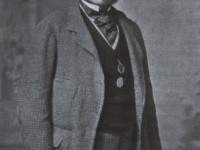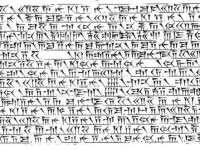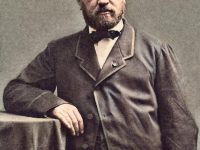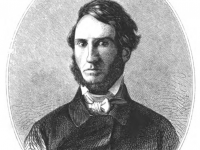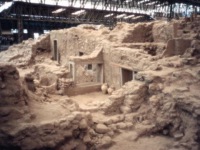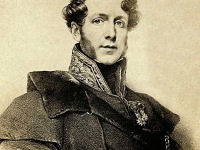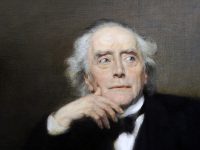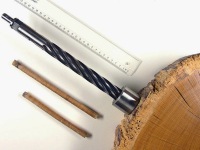Augustus Pitt Rivers – the Father of British Archaeology
On April 14, 1832, English army officer, ethnologist, and archaeologist Augustus Henry Lane-Fox Pitt Rivers was born. He is often called the “father of British archaeology”, who stressed the need for total excavation of sites, through stratigraphic observation and recording, and prompt and complete publication. Like Sir Flinders Petrie, Pitt-Rivers adopted a sociological approach to the study of excavated objects and emphasized the instructional value of common artifacts.[4] “Tedious as it may…
Read more

